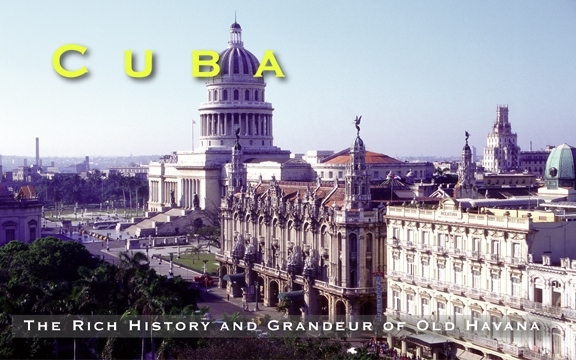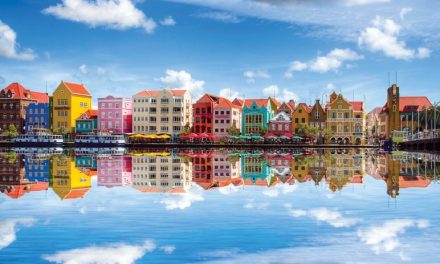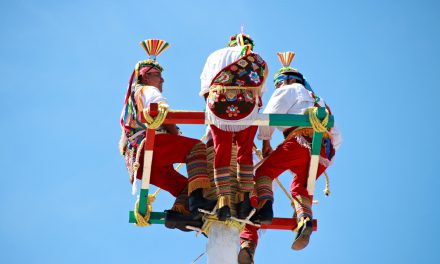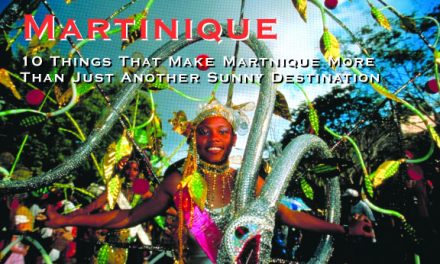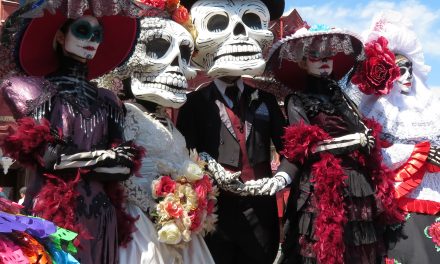Cuba
The Rich History and Grandeur of Old Havana
by Habeeb Salloum
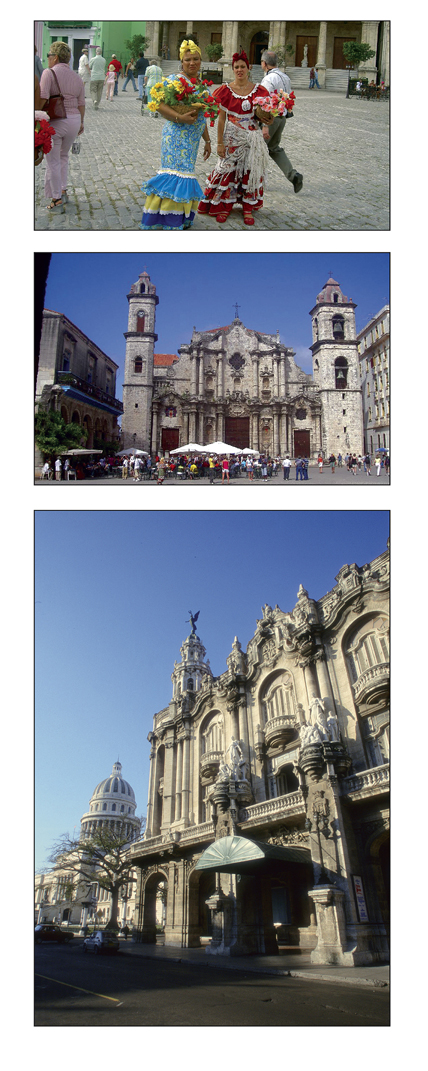
To study the history of architecture in the Western Hemisphere one can find no better concentration of historic structures than La Habana Vieja (Old Havana). Founded in 1515, Old Havana never fails to impress its visitors with its rich history and incomparable New World grandeur. One of the earliest urban centres established by Europeans in the Western Hemisphere, this part of Havana is a lovingly restored monument to the city’s glorious past.
The legacy of the Spanish Conquistadors who built the original city is a wonderful mix of colonial homes, charming plazas, museums and other places of historic interest. Today, some of Old Havana’s historic structures house a variety of bars featuring live entertainment. Many others serve as art galleries, hotels, libraries, offices, shops, cafés and restaurants offering traditional Cuban fare and international cuisine.
Queen of the New World
Known to the Conquistadors as ‘Queen of the New World’, Old Havana is a remnant from Cuba’s colonial era – a jewel of Spanish colonial architecture. UNESCO has declared this 4 sq km (2.5 sq. mile) area of narrow streets, secluded squares, impressive fortresses, centuries-old churches and ancient palaces as a World Heritage Site. On a continual basis, its 907 colonial palaces and over 100 other monuments are being gradually restored. Travellers can easily see that this venerable part of the city is being returned to its once renowned architectural splendour.
Today, Havana has greatly expanded beyond its historic sector. A city of
2.5 million, it is the largest urban centre in the Caribbean and home to one quarter of Cuba’s more than 11 million inhabitants. Yet, what comes to mind when one thinks of Havana, is its timeworn original heart now throbbing with tourists and new life. To fully experience Old Havana in all its glory one must take a stroll through it.
Plaza de San Francisco de Asis
We began our walking tour at the Plaza de San Francisco de Asis, named after the bordering church and convent. This edifice, which was constructed in 1738, is one of the most important historic sites in Havana. An 11 km (6.8 miles) long hand-dug connecting aqueduct – partially uncovered for tourists to view it – once transported fresh water for the church and ships docked in the nearby port. The aqueduct ends at the Fuente de los Leones in the centre of the square. Decorated with four lions, it reminds one of the Lions’ Fountain in Granada’s Alhambra in Spain.
Opposite the church stands the impressive former stock market building. Bordering the square on its third side is the impressive Cruise Terminal and on its fourth side are 17th and 18th century houses, now all fully restored. Some travellers consider this plaza, usually filled with tourists, as the most beautiful in Havana.
After passing two ladies with flower baskets selling tourists kisses on the cheek for one dollar apiece, we turned off the square to walk up the narrow Calle Teniente Rey, which is lined with renovated period structures. “Oh! This reminds me of Spain!” An English woman passing me remarked. Apparently she did not know that Havana was once the Caribbean homeport of the Spanish fleet and one of the most important Spanish possessions in the New World.
Plaza Vieja
A few minutes of walking brought us to Plaza Vieja, impressive in its historic mansions surrounding the square on all four sides. Most of them have been tastefully restored. Without a doubt, they are even more attractive today than they were when newly built in the 18th century. This plaza is unique in that, unlike in any other city, no religious edifice or important government building overlooks the square.
From Plaza Vieja, we walked along another narrow street with even more renovated historic homes, all featuring eye-catching Spanish colonial architecture. It appeared to me that Old Havana was being regenerated – a 16th century town living in the 21st century.
Plaza de Armas
After a five-minute walk, we reached Plaza de Armas – Havana’s oldest and most important square. It is lined on all sides by plants, marble benches and the period gas lamps that illuminate the square. The plaza also features lots of second-hand books for sale. By day and night, the square attracts hosts of people, many of them drawn there by its many popular restaurants and bars.
The Plaza is also bordered by important historical structures. Across from the Baroque-styled Palacio de los Capitanes Generales, now housing the City Museum exhibiting antique furniture, stands El Templete, so named because it resembles a temple. In 1599, the city of Havana was founded on this very spot. Beside El Templete flourishes a ceiba tree, once considered sacred by Cuba’s aboriginal people. Next-door is the Castillo de la Real Fuerza. La Giraldilla, the symbol of Havana, caps one of its towers.
Plaza de la Cathedral
Leaving Plaza de Armas, we walked to the Plaza de la Cathedral (Cathedral Square) – a very important tourist stop. The square, one of the most authentic and best preserved in Havana, is a charming and monumental place. It has been called the soul of Havana. The Cathedral has one of the most beautiful baroque façades in all of Latin America and is Havana’s historic site par excellence.
The plaza is also bordered by the Museo de Arte Colonial housed in an old mansion, and opposite the cathedral the historic Casa de los Condes de San Fernando de Peñalver. The square is always filled with tourists, many dining at the El Margues restaurant or shopping at the next-door handicraft market.
We ended our tour at Central Park on the edge of the first major expansion of the original city centre. We rested in this oasis of greenery then explored the nearby impressive Gran Teatro de la Habana and El Capitolio, a replica of the US Capital in Washington that was built in the 1920s when Cuba was almost totally under American influence.
An Historic Legacy
As I sat in the park to rest I thought about our half-day walking tour of Old Havana. It had been a fulfilling experience, exploring the structures of grandeur from days of yore, especially those that have been so beautifully restored.
What impressed me this time in Havana were not only the restored structures but also the lower number of the tenacious sidewalk vendors, small-time thieves, beggars and pestering children, which only a few years ago were everywhere in the streets of the old city.
The people appeared to be generally better off and the authorities have cleared the streets of most of those once aggravating annoyances. I came away with an impression that today’s Cuba now protects and celebrates its rich historic legacy – a legacy that visitors from the four corners of the globe can now readily explore and enjoy.

